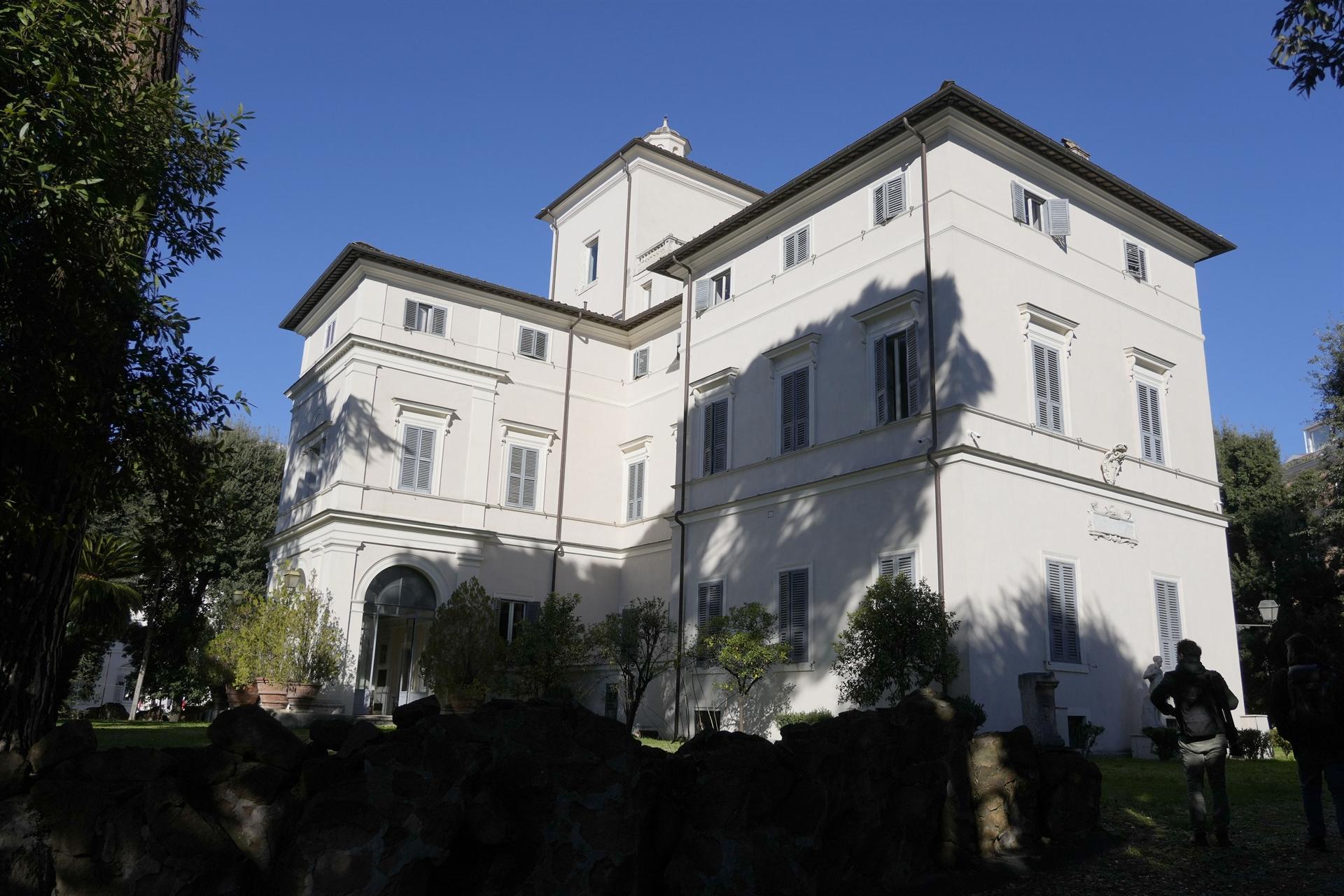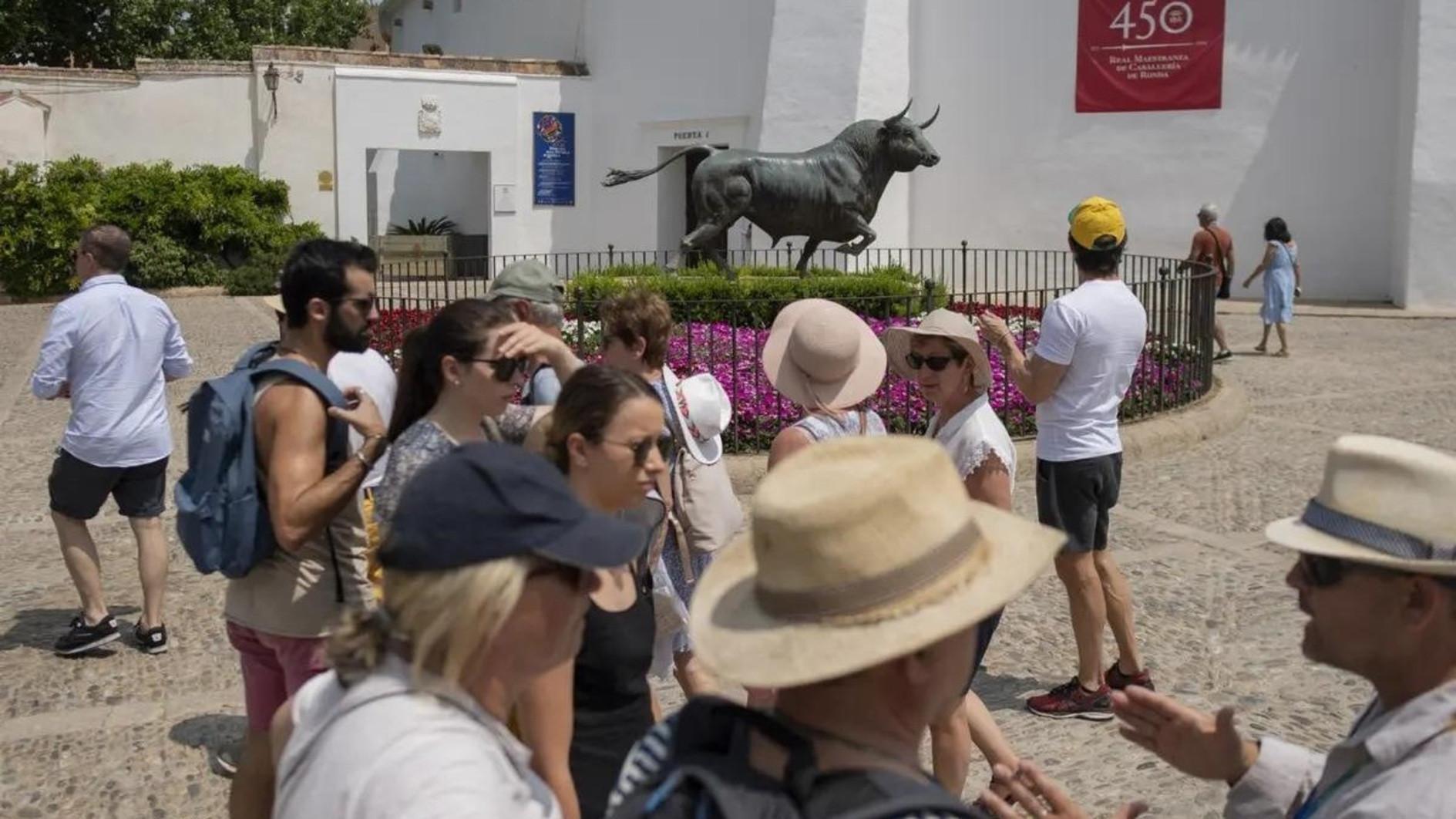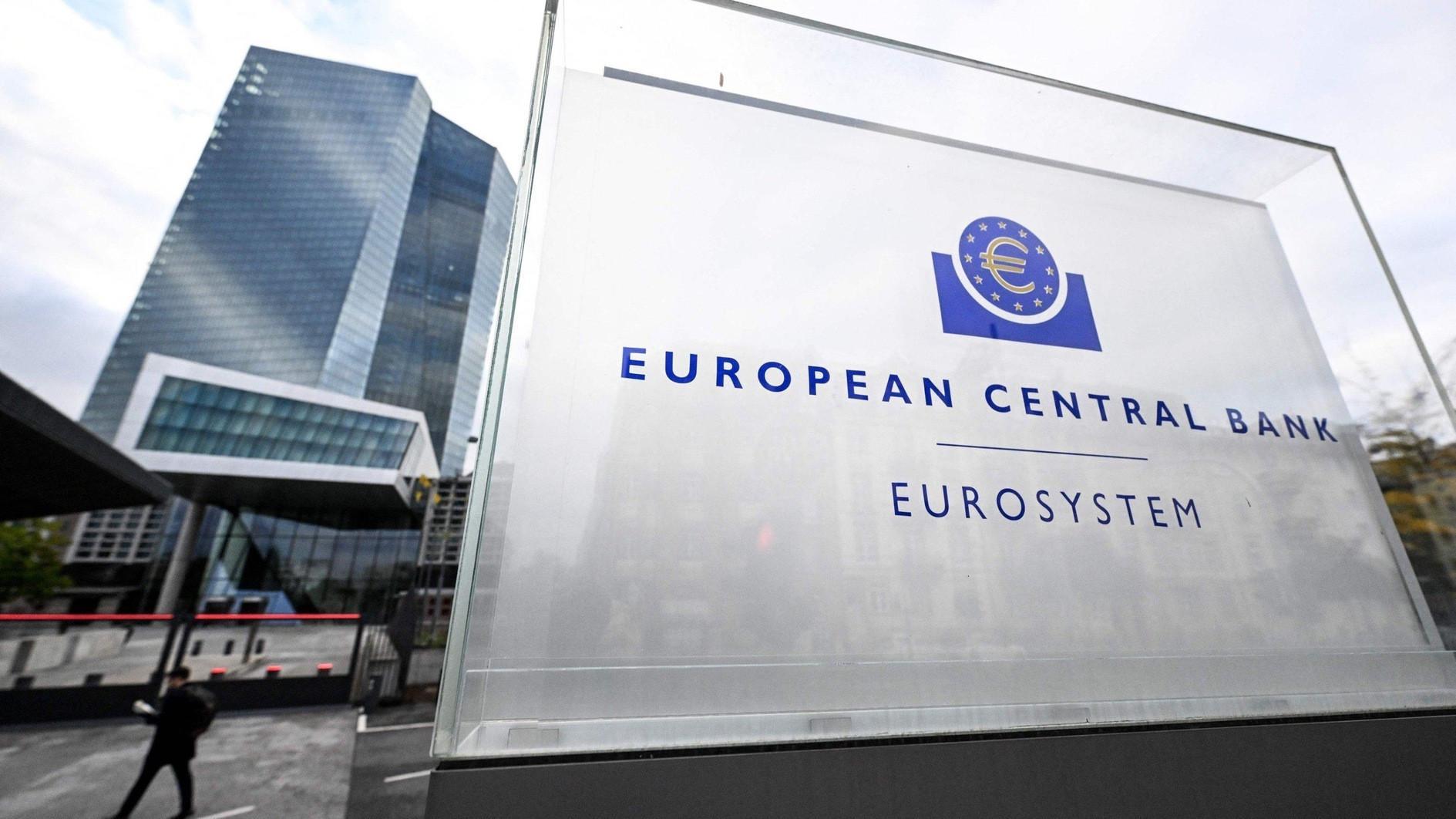Rome villa restored by Texas princess auctioned
ROME

A villa in the heart of Rome that features the only known ceiling painted by Caravaggio is being put up for auction by court order after the home was restored by its last occupants: A Texas-born princess and her late husband, a member of one of Rome’s aristocratic families.
The Casino dell’Aurora, also known as Villa Ludovisi, was built in 1570 and has been in the Ludovisi family since the early 1600s. After Prince Nicolo Boncompagni Ludovisi died in 2018, the villa became the subject of an inheritance dispute between the children from his first marriage and his third wife, Rita Jenrette Boncompagni Ludovisi.
A judge recently ordered the villa put up for auction, which is scheduled for Jan. 18, with its value estimated at 471 million euros ($533 million) and a starting bid set at 353 million euros ($400 million).
The listing on the Rome tribunal’s auction site highlights its many attributes, though it notes that 11 million euros ($12.5 million) in renovations will be necessary to make it comply with current standards.
A “monumental property” on six levels, the listing says it is “among the most prestigious architectural and landscape beauties of pre-unification Rome,” with three garages, the Caravaggio, two roof terraces and a “splendid garden with arboreal essences and tall trees, pedestrian paths, stairs and rest areas.”
Aside from the Caravaggio ceiling and the lush gardens outside, the 2,800-square-meter home off the swank Via Veneto features frescoes by Guercino. It also has a storied line of visitors over the centuries, including American-British author Henry James and Russian composer Pyotr Ilyich Tchaikovsky.
The Caravaggio was commissioned in 1597 by a diplomat and patron of the arts who asked the young painter to decorate the ceiling of a small room he used as an alchemy workshop. The 2.75-meter wide mural, which depicts Jupiter, Pluto and Neptune, is unusual: It’s not a fresco, but rather oil on plaster, and represents the only ceiling mural that Caravaggio is known to have made.
















